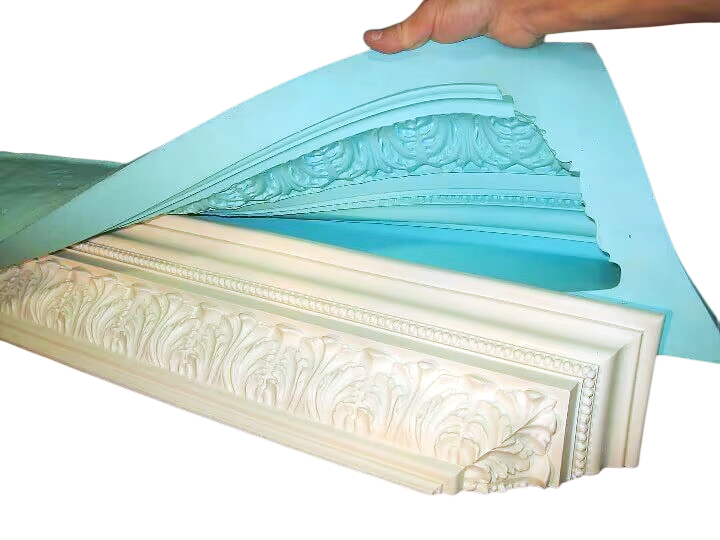Silicone molds have become increasingly popular in the casting world due to their flexibility, durability, and ability to capture intricate details. Urethane rubber, known for its versatility and range of hardness options, is often chosen as a casting material. But can urethane rubber be cast in a silicone mold? Let’s delve into this topic and provide clarity.
1. The Compatibility of Urethane Rubber and Silicone Molds
The simple answer is yes, urethane rubber can be cast in a silicone mold. Silicone molds are non-reactive, which means they won’t interfere with the curing process of urethane rubber. Additionally, silicone’s non-stick properties ensure that once the urethane rubber has cured, it can be easily demolded without damaging the mold or the cast.
2. Steps for Successful Casting
Prepare the Silicone Mold: Before pouring the urethane rubber, ensure the silicone mold is clean and free from any debris. Some casters also choose to apply a release agent to the mold for added ease during the demolding process, although silicone’s inherent non-stick properties often make this step optional.

Mix the Urethane Rubber: Urethane rubber typically comes in two parts: Part A and Part B. These need to be mixed in the correct ratio, as specified by the manufacturer. Ensure thorough mixing to achieve a consistent and homogeneous mixture.
Pour the Urethane Rubber: Once mixed, pour the urethane rubber into the silicone mold. To avoid air bubbles, pour slowly and steadily. Some casters also choose to degas the mixture using a vacuum chamber before pouring.
Allow to Cure: Depending on the specific urethane rubber product, the curing time can vary. It’s essential to allow the rubber to cure fully before attempting to demold.
Demold: Once cured, the urethane rubber can be gently removed from the silicone mold. The flexibility of silicone makes this process straightforward and minimizes the risk of damaging the cast.
3. Benefits of Using Silicone Molds
Durability: Silicone molds can withstand multiple casting cycles without showing signs of wear.
Detail Reproduction: Silicone captures even the most intricate details, ensuring high-quality casts every time.
Temperature Resistance: Silicone molds can resist a wide range of temperatures, making them suitable for various casting materials.
4. Conclusion
Casting urethane rubber in silicone molds is not only possible but also offers numerous advantages. Whether you’re a hobbyist looking to create art pieces or a professional producing industrial components, the combination of urethane rubber and silicone molds provides a reliable and high-quality casting solution.


